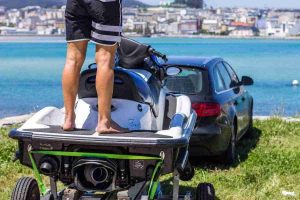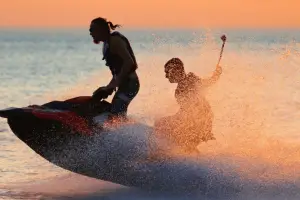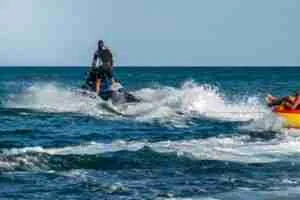One thing that many jet ski enthusiasts overlook is camping with their PWC.
In my experience, it’s a really fun alternative to a typical day out on the waterways. Children absolutely love it!
You can find a private site along a river, lagoon or canal. Take your friends and family to have an even greater time! Depending on where you are, you could take your dogs too.
Starting with Jet Ski Camping
It’s quite often that people don’t think of the possibilities of jet ski camping when buying their new watercraft. See – it isn’t just about going fast, because it’s more-so about having fun.
I’ve written the best Step by Step guide on how to go jet ski camping today. You’ll find plenty of tips and ideas to have an awesome adventure.
With my guide, I’ll be showing you exactly how exactly to get started with this activity.
Choosing Your Camping Gear
There is a range of supplies that you should take. It depends on your storage capacity as well as the location and its conditions. Going for an adventure in summer will be very different to winter.
One challenge is that most machines in the PWC marketplace have limited storage options. This is a good thing, since you (or more-so, your partner….) will need to go light weight. I recommend taking less than 100lbs.
Choose camping gear that is light to carry, small to stow and is reasonably easy to set up once at camp. Sometimes people will go away together as a group so you can share resources such as cooking equipment and beer. 😄
Let’s have a look at what we can get:
1. The Right Tent
Because you’re going camping, you’ll obviously need a tent. While some people can sleep fine in a sleeping bag, you just don’t get protection from the wild elements such as sand flies and mosquitos.
If you sleeping by yourself, then a 1-person tent will do just fine. Choose something under 3 pounds so it packs super light.
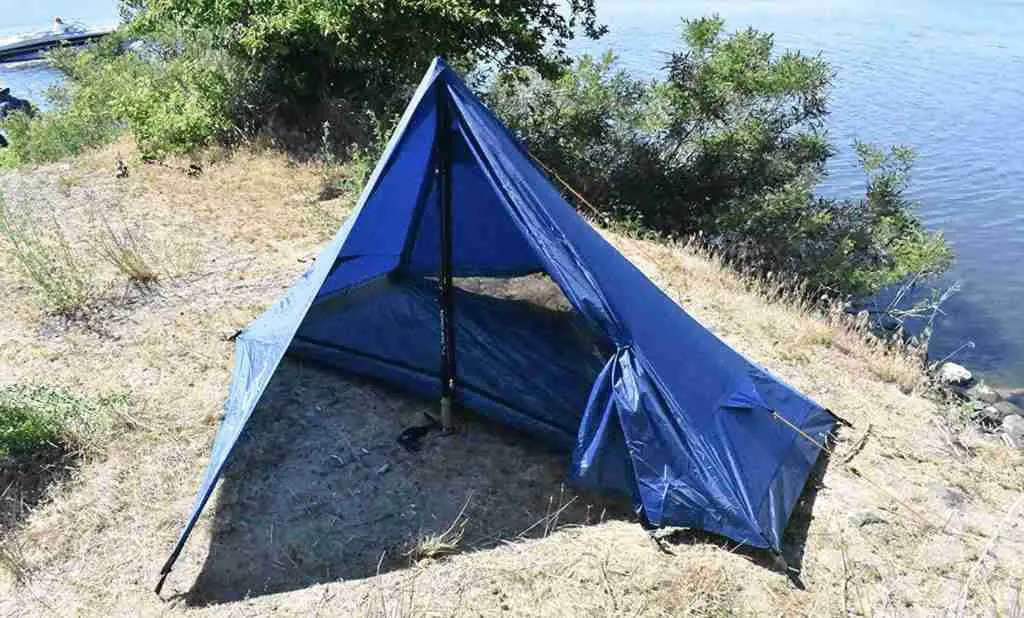
Some people like to bring their family. Tent manufacturers are notorious for under-rating tents. A 3-person tent is really just a 2-person tent, so I would recommend a 3-person tent at a bare minimum.
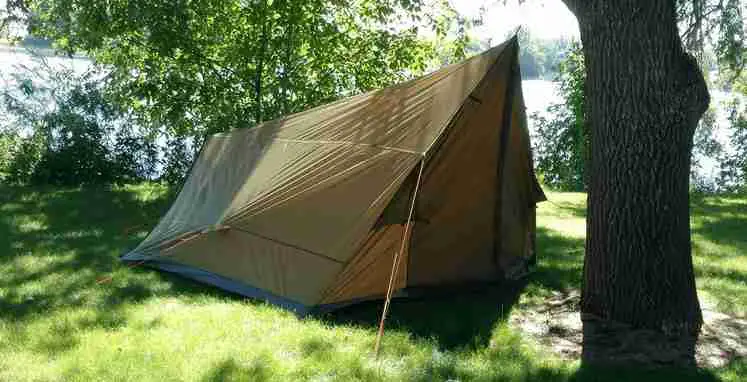
You really can’t go wrong with polyester. Most tents are made from this material and these still handle saltwater environments reasonably well.
Avoid canvas tents like the one below. Whilst these are great because they breathe better, dry quicker, look better and often last for longer, they are also heavy and take up a lot of space. Canvas tents just aren’t ideal for camping with a jet ski, unless of course you’re bringing a support boat as well.
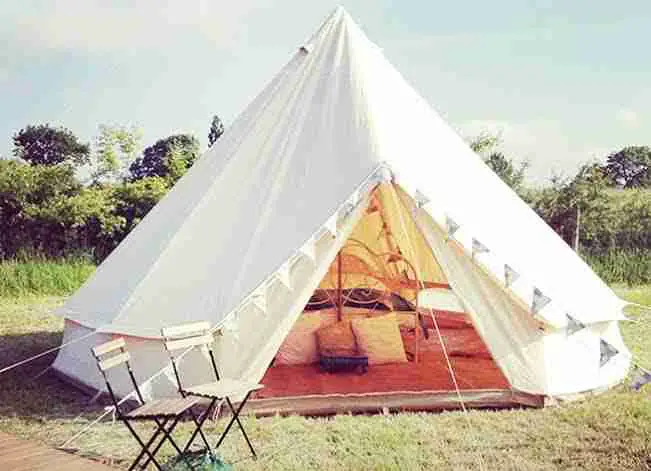
A hammock is a great alternative but does rely on having trees present at your camp site. It’s also a bit hazardous in bear-country.
2. Buying the right sleeping bag
Now let me paraphrase this by saying that a sleeping bag isn’t that needed for jet ski camping. You can do without one especially if camping on the sand.
Some people use their life jackets as a mini sleeping bag. This works great though you’ll be smelling like salt all night long if you’re by the ocean. If you’re inland with freshwater, then a wet life jacket from the day’s riding isn’t going to be fun.
Other people also try to use their wetsuit. Great idea again, but won’t work so well if it’s too wet. These just take too long to dry, especially in winter.
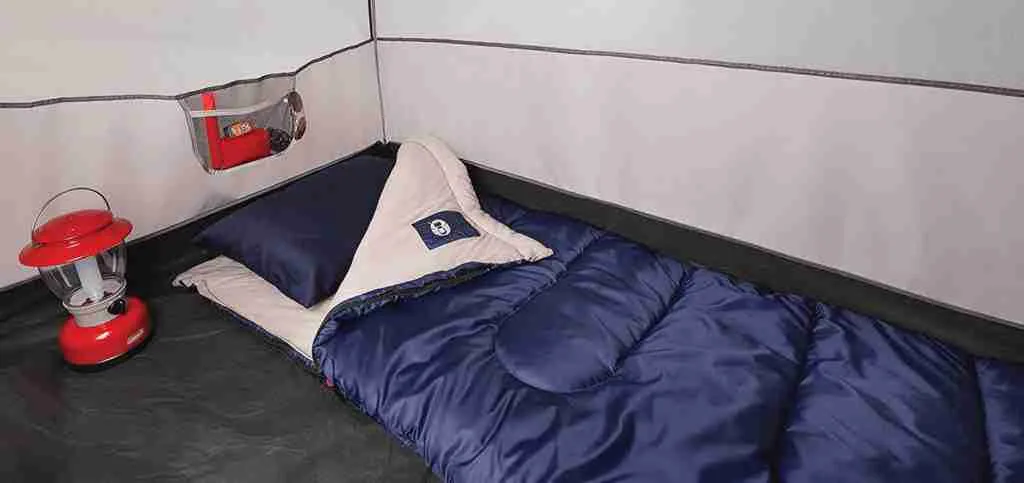
Buying a sleeping bag for jet ski camping is certainly a wise idea. They don’t cost much (often less than $100) and can take up very little room. It’s simply going to make your adventure much more fun!
I like to make use of my compression bags as a pillow. That said, travel pillows really pack small nowadays so you can just bring one too.
3. Cooking
One of the biggest challenges is cooking. The equipment on the market is generally big and bulky. Those that go backpacking often complain about this challenge.
If you are permitted to in your area, I would recommend a campfire so you can do away with liquid fuel stoves. Having liquid fuel on a fast-moving jet ski can be very hazardous and cause a fire if not stored correctly.
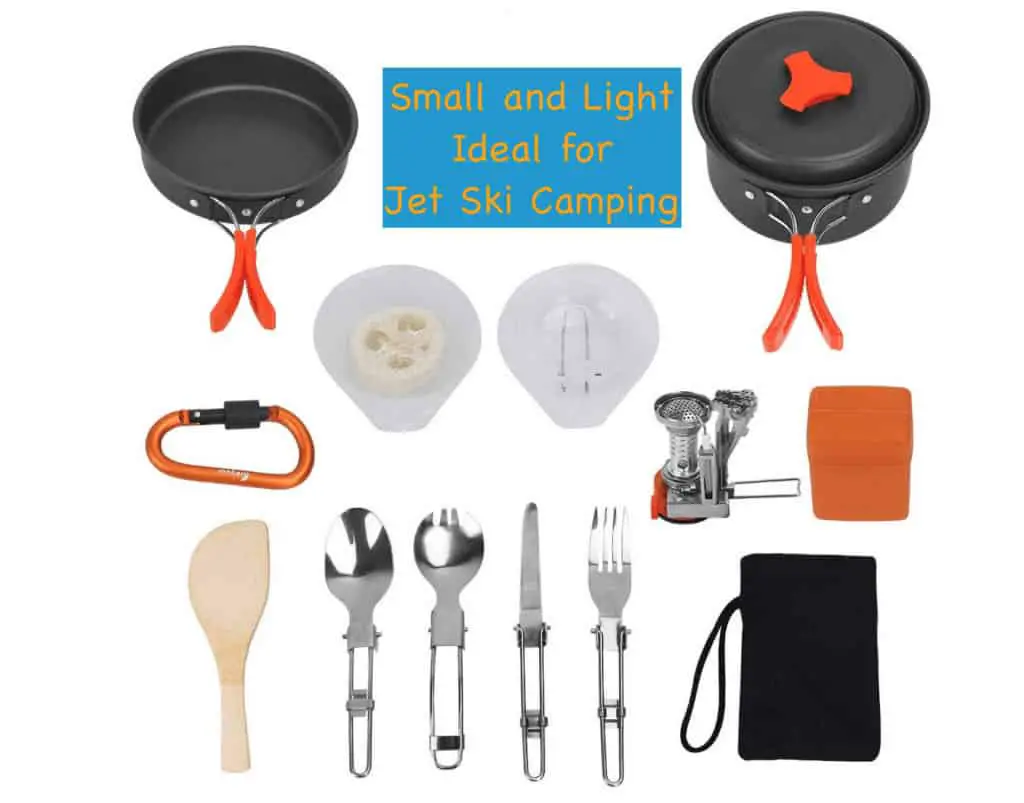
I would choose a basic but sturdy heavy-duty fire camp grill. This way you only then need to bring a small cooking set like what I’ve featured above. Choose a small grill, but still big enough to fit a camping cooking pan or pot.
But you could actually pre-pack all your food at home prior to the adventure. This will save a lot of the utensils that you’ll otherwise need to bring.
4. Food storage
A cooler or esky is a great idea to keep your food fresh for several days. The challenge is that these will take up a significant amount of room. But on the positive side, you can use this as a stool or chair at your camp site.
I would choose one with soft sides. Why? Because the hard-sided coolers could place ugly marks on your jet ski when you’re loading/unloading it.
Also, if you have a crash, the cooler becomes a projectile. It’s better to withstand a blow from a soft-sided cooler than a hard-sided one.
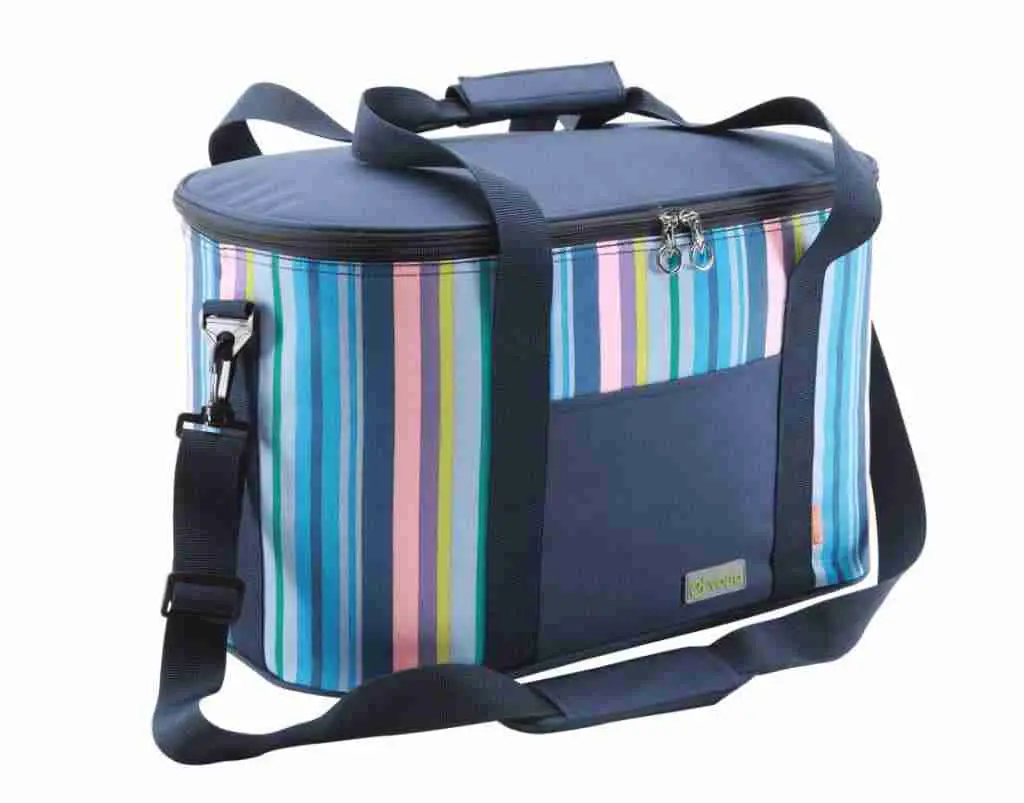
Choose a cooler that is the smallest size that you’ll need. Look at the food that you have and consider what can actually stay outside for a while.
5. Coffee Press
Just because you have limited storage space doesn’t mean that you can’t also have a little bit of luxury. Many people don’t sleep properly when going camping, so waking up and having a coffee can be a great option.
There are numerous camping coffee presses on the market today. These are small, light weight and still make a great tasting cup of coffee.
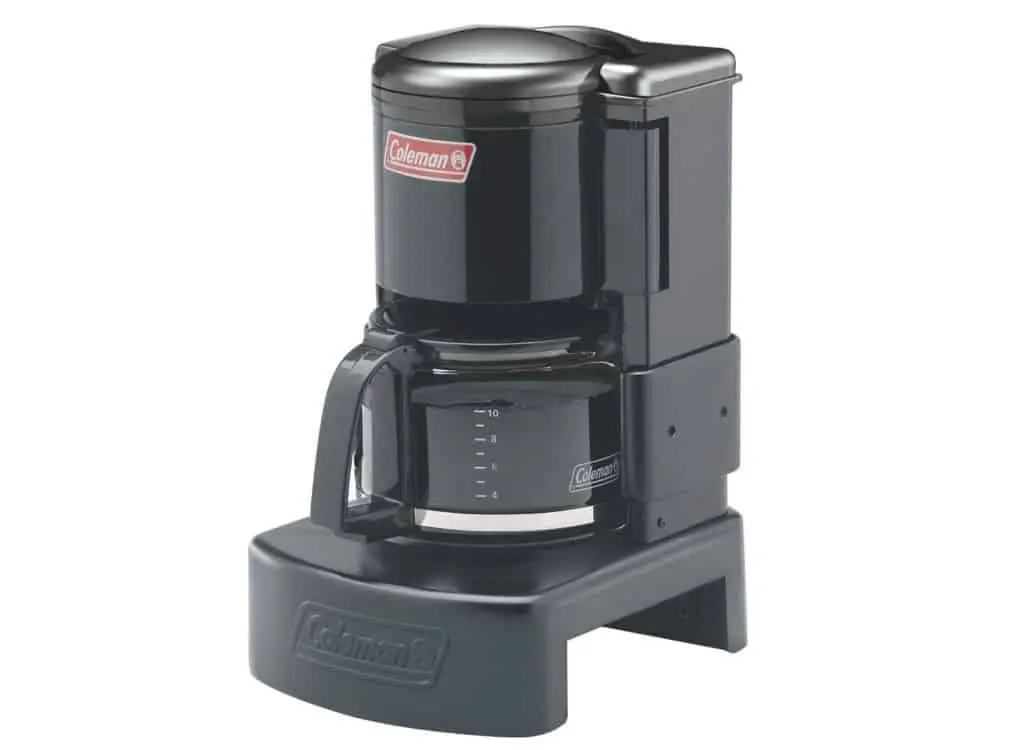
I’d choose the models where the cups fit inside the pot. These are built exactly for camping where space is at a premium.
You’ll want to be alert and awake during the day’s riding. You can’t exactly find a coffee shop around the next river bend (unless you’re lucky) so bring that coffee press along.
6. Additional Gas
The problem with jet ski camping and why it’s not as popular is the fuel issue. You’re only going to get a few hours riding before you’ll need to top up again. Finding a marina or dock with fuel availability can be tricky.
For this reason, I would recommend an additional jet ski fuel can. SeaDoo has one that is super reliable which attaches to the back of most of their models. On the other hand, there are some great OEM and 3rd party variations.
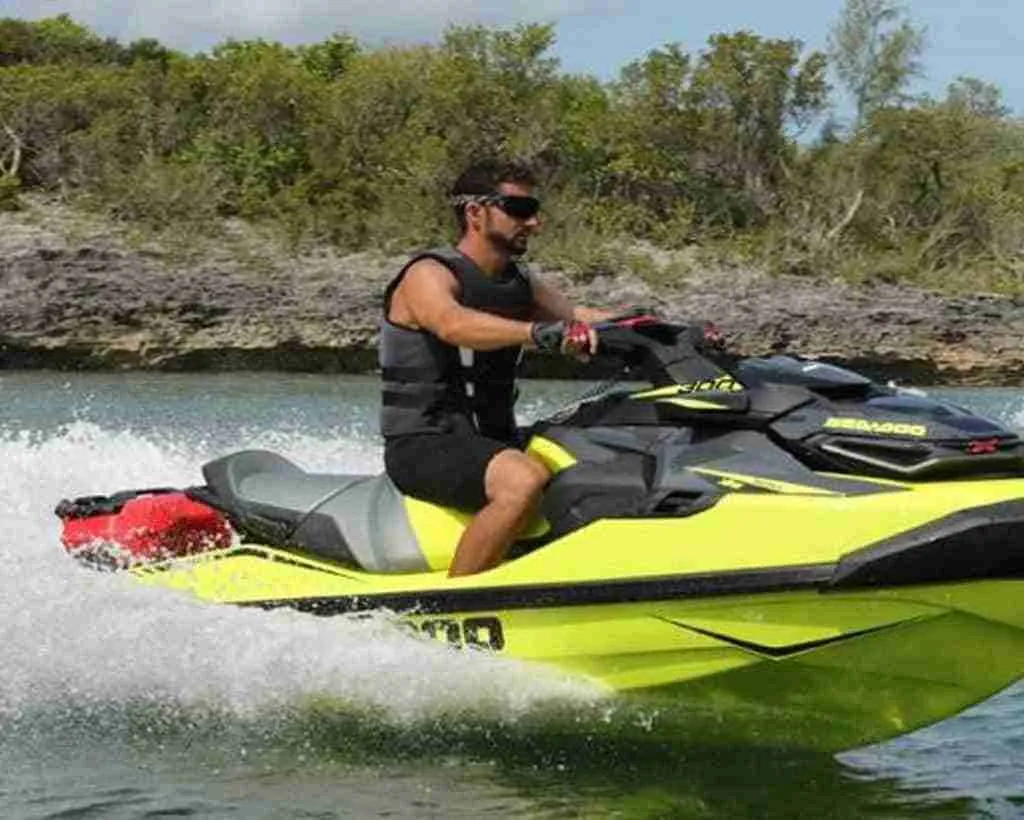
Some people like to take support boats which can take a significantly greater volume of fuel. Even better – they can carry all the camping equipment too, plus provide a rider with a day off their jet ski, and instead recline at a much slower pace with a chair and shade, right in the comforts of a boat.
I’ve written an entire article actually on jet ski fuel cans.
7. Hauling Firewood
Some people assume that they will just find wood or kindling for their camp fire anywhere. In some places it can be very challenging actually.
Sure – you can save precious storage space on your PWC by sourcing your own firewood, but you can’t really go cutting down trees. In some places, it’s illegal to go hunting for your own firewood.
Plus, even if you wanted to source your own firewood, you’d need to take an axe. This is additional weight.
Take your own firewood, even if it’s just a few pieces. My #1 recommendation is a swedish fire torch as recommended below. They burn for hours and emit very little smoke.
Just remember that you’re out to have fun, not cut down a forest. After a day of hard riding, the last thing you’ll want to do is go looking around for wood.
8. Bring Your GPS and EPIRB
Often forgotten by jet ski enthusiasts is their safety electronics. A handheld GPS is going to save you from getting lost in the wilderness. It also better helps you plan fuel stops.

Spot tracker (not ocean for open oceans) 
Garmin GPSMAP 78sc for Jet Skis
An EPIRB is an excellent investment too. It’s very unlikely that you’ll ever need to use one, but just having one nearby will help you sleep at night. My favorite is the SPOT tracker.
None of these takes up much room and the batteries last for a long time. Almost all of them in the marketplace are waterproof as well.
Planning Your Jet Ski Adventure
Whilst choosing the right equipment is important, so is the location. You’ll want to research this so you ensure you’re going to actually have a good time.
I like to open Google Maps and look up some good spots. Hanging out on Facebook groups in your local area is a great idea as most members will provide good recommendations.
My #1 recommendation is that you actually ensure you can stay at your chosen spot before setting up camp. This is best done at home by researching online. The National Park’s bureau in your state can certainly advise with plenty of information available online.
Try your best to venture a little bit further out. You want to avoid the crazy ones near the city. Even some spots hours away from the closest city might have small towns with docks where you can get fuel.
Some recommendations:
1. Bring a Jet Ski Anchor
You can’t always guarantee that you’ll find a nice sandy beach. Rivers generally have trees where your jet ski hull can be pierced by a branch or root that you can’t see. All locations are different.
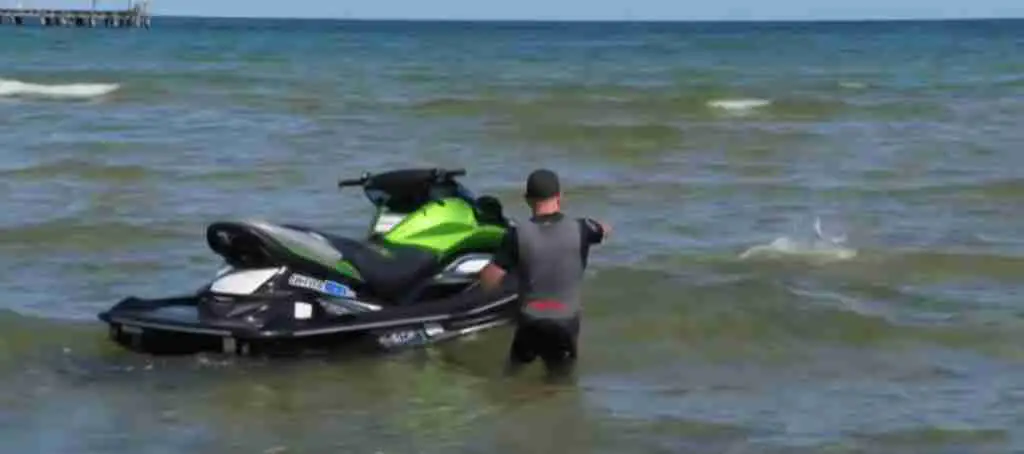
I’ve written an entire guide on jet ski anchors: https://www.jetskiadvice.com/best-jet-ski-anchors
Your location can really change when doing these long trips. In one mile you can be on great sandy rivers to heavy rocks and then muddy banks. The anchor can even save you embarrassment at the boat ramp too.
2. Check the Weather Forecast
Nothing is worse than having 3 days of solid rain on a camping trip. It’s even worse on a jet ski. You’ll be cold, frustrated and never want to go again!
Check the weather at every spot. You might be travelling for hundreds of miles and the weather can certainly change from place to place.
3. Choose Shaded Spots
Camping on a sand bar is awesome, but after an hour or two, you will want some shade. You’re already spending the day riding in the sun, so the shade will be welcoming. If you’re in a group, then there is always that one person who wants lots of shade.
Pitching your tent under a tree is great, but look for fallen branches nearby. If there are branches that have fallen in the past then it’s guaranteed that more will fall! You don’t want you, your jet ski, your tent or travelling companions to be injured.
4. Avoid Back-Tracking
No one likes to go up a river then having to go down again the same path. See if you can find a river system that’s interconnected, so you can explore more areas.
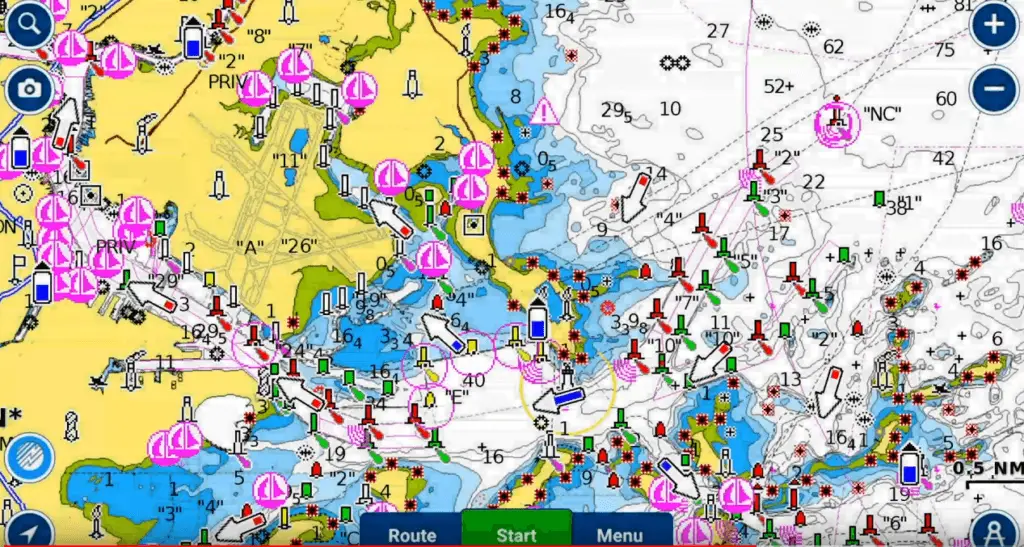
Some people like to have their jet skis dropped at one location, then picked up in another location in a few days. Brothers or partners are sometimes happy to do this for you.
5. Minimise Wash and Noise
Local area enforcement is always looking to shutdown awesome areas for jet ski riders. Why? Their disrespect for others on the waterways.
When going past other recreational users, go as slow as possible. Maybe there aren’t any speed limits, but you shouldn’t be flying by that houseboat or peaceful river shack at 50MPH.
6. Be Security-Minded
It’s been known that even in the most secluded locations, that people’s jet skis are being stolen when they’re sleeping. Ever feel like you’re being watched?
It doesn’t take much for someone to sneak through the bushes in the early hours of the morning, jump on your ski and ride away. Meanwhile, you’re still in your sleeping bag.
Just take your key and leave it in your tent. Better still – lock it up. You’ll want a good night’s sleep for another great day of riding, so don’t let your guard down.
7. Remember to Have Fun
There are many upsides towards going jet ski camping after all. Take some toys with you such as a volleyball or frisbee. You might also want to take some light fishing equipment too so you can have fresh dinner on the camping stove.
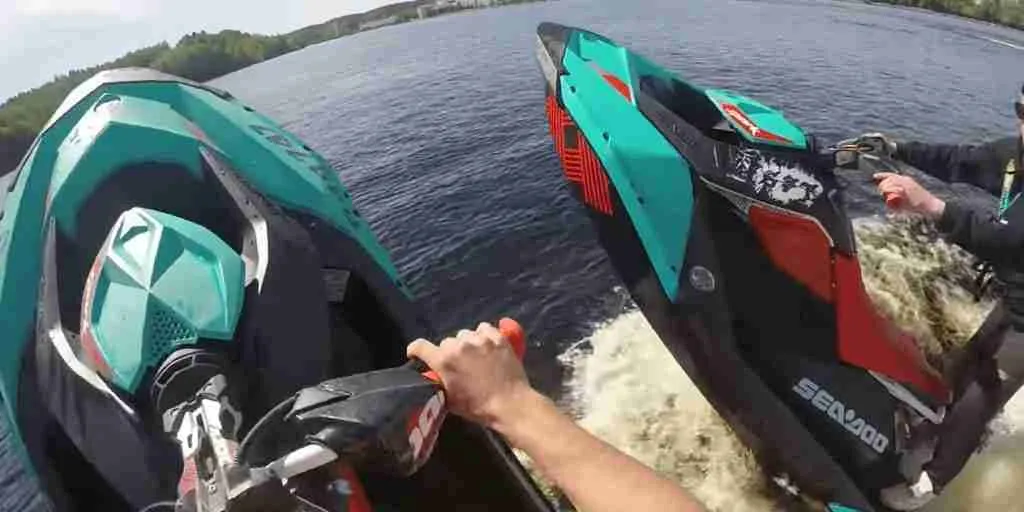
Bring some walking shoes so you can take a break from the water and trek a little in-land. You might even come across some animals worth of photos, so don’t forget to bring your smartphone.
In Ssummary
Trip planning and taking the right equipment is the formula for the best jet ski camping trip. One that you’ll have memories to last a lifetime.
It isn’t hard:
- Take only what you need
- Plan and pick the right routes
Most importantly, have fun! You’ll be experiencing something that very few people in the world will ever do.
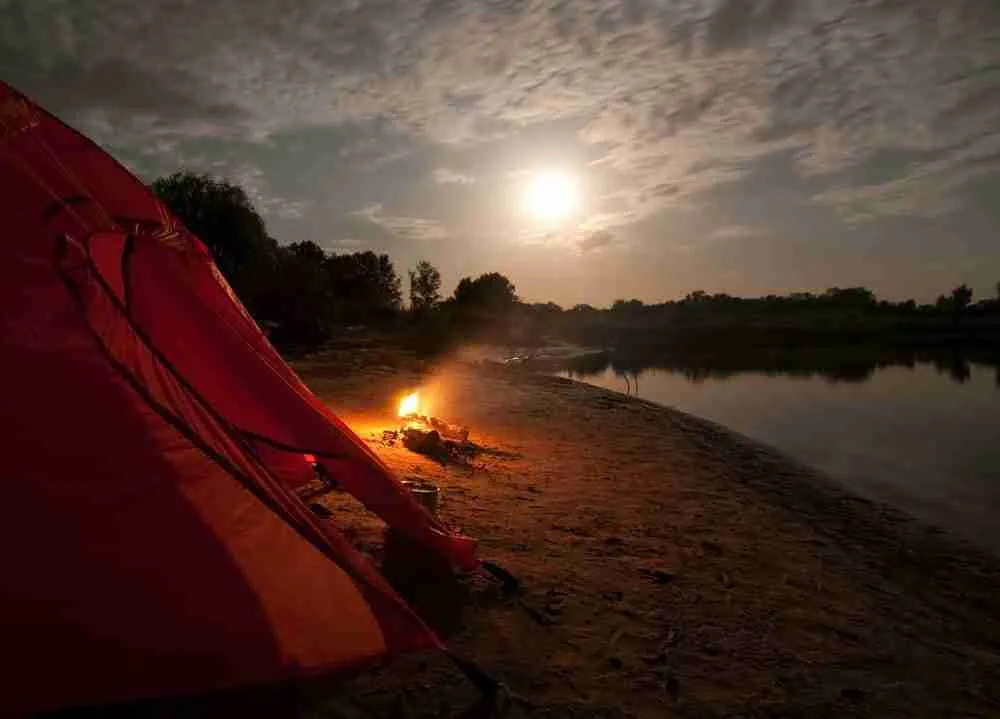
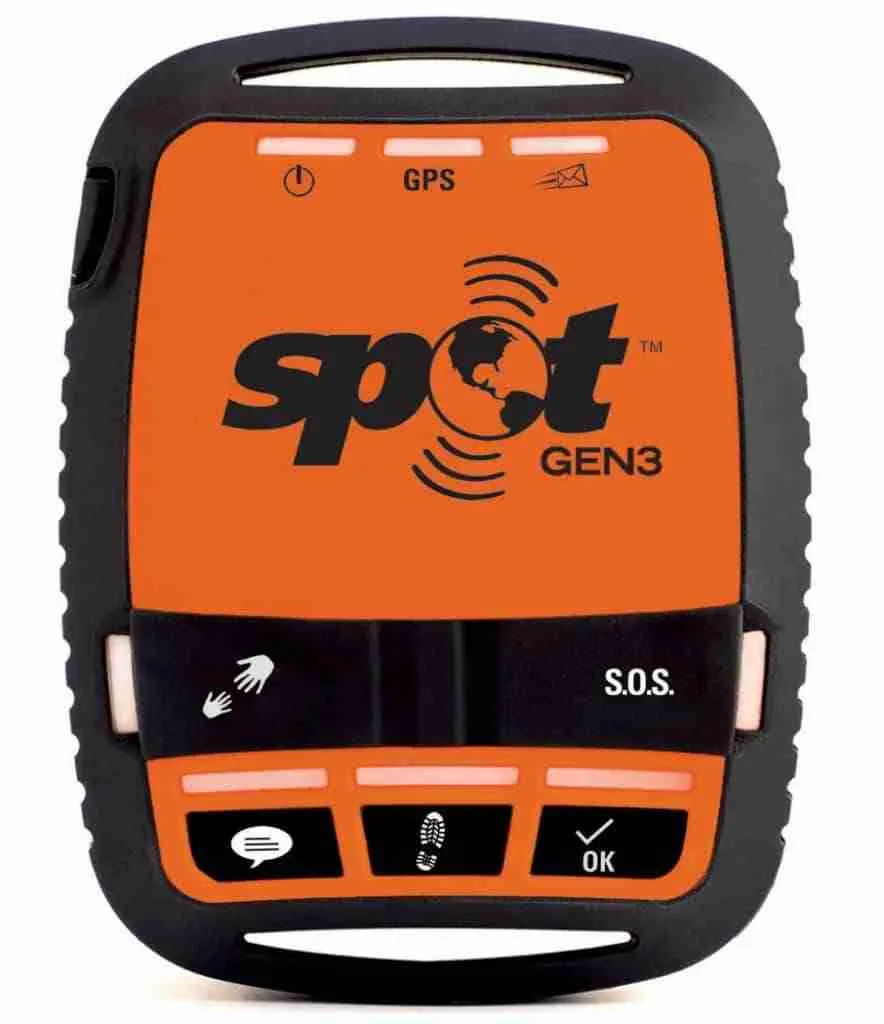
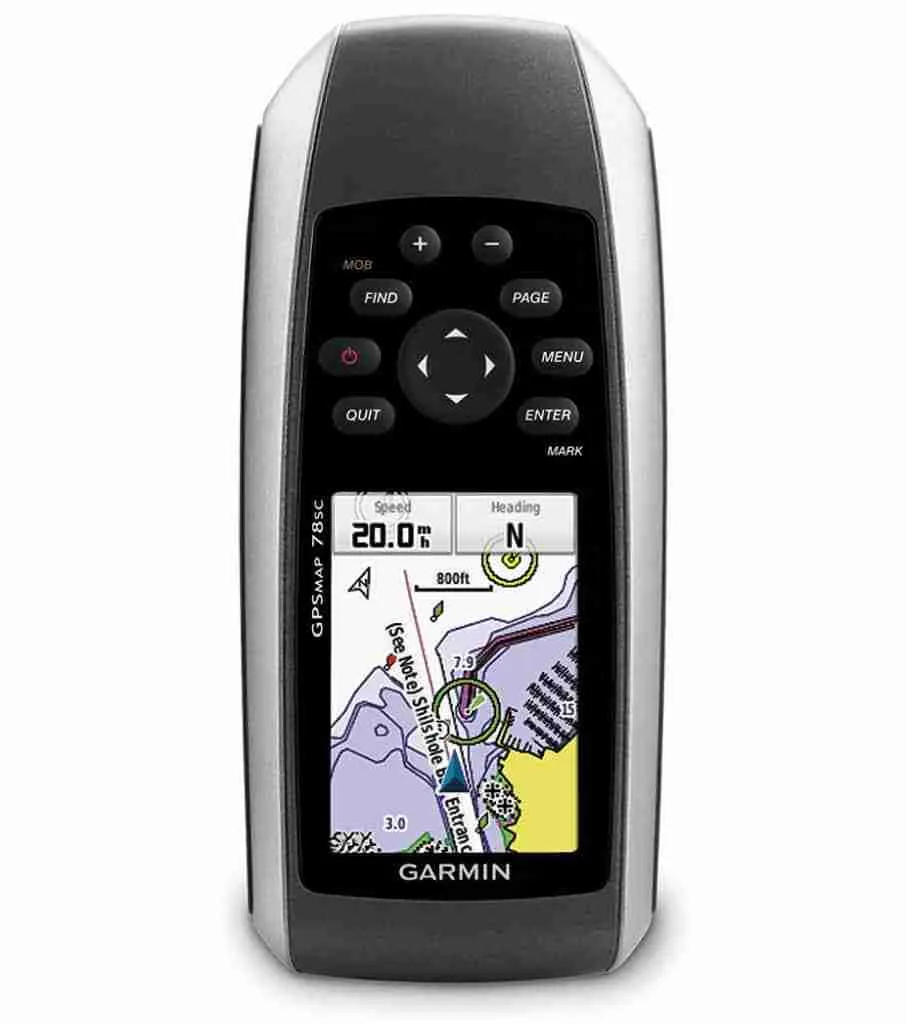

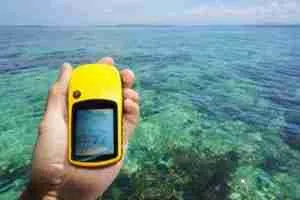
![29 Best Jet Ski Accessories [#17 is Awesome]](https://www.jetskiadvice.com/wp-content/uploads/2020/05/Jet-Ski-Accessories-300x200.jpg)
![7 Best Jet Ski Life Jackets That Fit Well [2022 Guide]](https://www.jetskiadvice.com/wp-content/uploads/2020/05/Jet-Ski-Life-Jacket-GUide-300x200.jpg)
